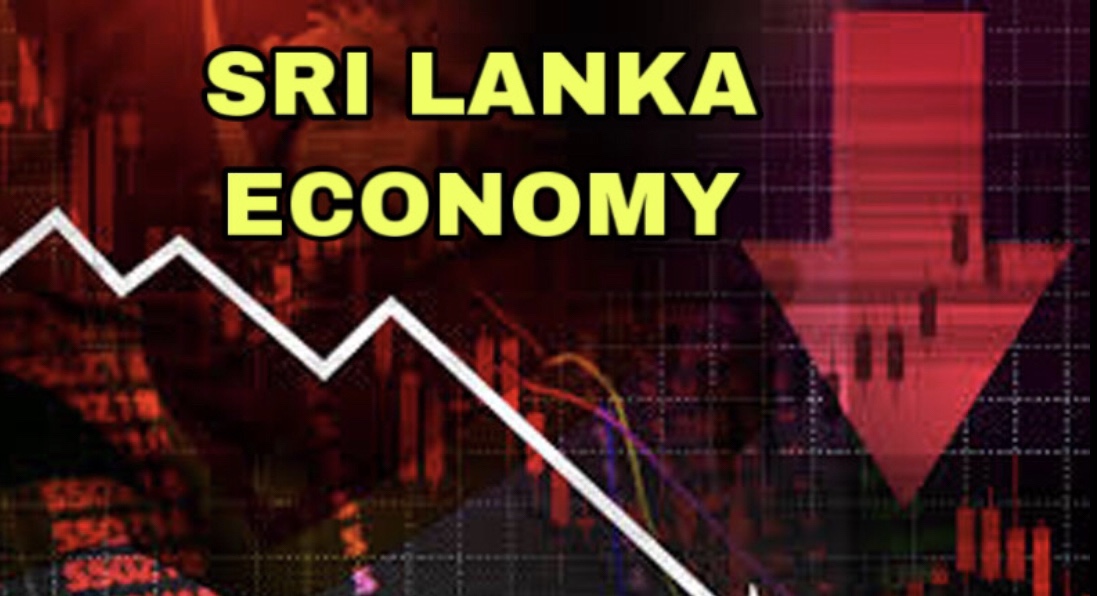Sri Lankan Finance Minister Basil Rajapaksa’s maiden budget presented to parliament on Friday, is both growth-oriented and especially strong on the provision of relief to the general population which has suffered greatly due to a combination of a COVID-19 scare, lockdowns and incompetent governance.
If the relief measures announced in the budget are implemented, the ruling Sri Lanka PodujanaPeramuna (SLPP) may able to stave off a humiliating defeat in the Provincial Council elections likely to be held in the first half of 2022.
To reach financial allocations to the lowest level – the Grama Niladhari Divisions (GNDs) – each of the 14,021 GNDs will get a separate and equal allocation of Rs. 3 million (Rs.201 is US$ 1). In other words, every village will get 30 lakhs. To democratize the use of this money, decisions will be taken by the government in association with village political leaders. Similarly, each of the 4917 Local Government Divisions will get Rs. 4 million.
Rs.19. billion will be given to the 335 Divisional Secretary Divisions with the distribution being based on land, population and socio-political factors. The budget allocates Rs.85 billion to the “Discussion with the Village Rural Development Programme” a community development programme. Besides this, each member of parliament will be given Rs.15 million, five million more than now, to spend on their constituencies.
Rs. 2 billion has been allocated for irrigation,with Rs.48 billion going into the repairs of tanks and dams. Rs. 35 billion is allocated for the manufacure of organic fertilizer and weedicidessince the use of chemical fertilizers and chemical weedicides is banned. Rs.2 billion will be spent on conserving and growing forests, toincrease forest cover by 30%. The plantation sector gets Rs. 10 billion, fisheries Rs. 1 billion,in addition to the allocation made in the Appropriation Bill. Since only 56% of the people have piped water, government will launch schemes to supply piped water to 200, 000 houses.
Three wheeler drivers who were deprived of income during the lockdowns would get relief totaling Rs.700 million. Bus companies which had to be idle during lockdowns will get a total of Rs.1500 million.
To appeal to the Indian Origin Tamils working in the plantations, Rs.500 million has been allocated for housing .And to compensate Sri Lankan Tamil families whose members had disappeared during the war, Rs.300 million hasbeen allocated to provide compensation.
Rs. 2 billion will go into the establishment of 1000 government-run “National Schools” in Divisional Secretariat Divisions which have no National Schools. In addition, educational improvement will get Rs. 5.3 billion. On improving health facilities, Rs.5 billion will be spent in addition to the Rs.32.6 billion already set apart.
The budget identifies some sectors for investment. These are pharmaceuticals, raw material for the textile and apparel industries, rubber industrial products, export-based agro processing, agricultural equipment, organic x chemicals, electric and electronic appliances, steel and heavy metals industries and sport equipment. Places in the island where each of these industries could be set up were identified.
To cut down judicial delays and improve judicial infrastructure the budget has made an allocation of Rs. 5 billion in addition to the existing allocation of Rs.6.9 billion.
The Finance Minister noted that US$ 1.06 billion in Foreign Direct Investment had been received so far. But he regretted that “certain factions in society need to comprehend clearly what an investment is and what procedures are to be followed in this regard.”
Stressing the need for industrial and agricultural growth, he noted that 23% of the Lankan population is now getting a dole in the form of monthly “Samurdhi” payments and 20% of government expenditure is on social welfare.
Stressing the need for the public sector institutions and the 300 odd public sector enterprises to be productive and income generating, the Finance Minister said that they would be expected to rationalize their work to generate income and make use of the properties they hold to generate income. He also announced measures to cut down on needless government expenditures.
Rajapaksa slapped a one-time 25% surcharge on taxable income of over 2 billion and social security contribution of 2.5% on turnover to raise Rs.240 billion. VAT on banks and finance companies was raised from 15% to 18%.
Reuters said in its report that government will reduce the budget deficit to around 8.8% of GDP in 2022. It will also roll out a goods and services tax. The agency quoted DimanthaMathew, Head of Research for First Capital, to say that: “There is a significant amount of taxes coming in and the government is looking to increase revenue by 46% next year while expenditure is expected to rise only by 16%. So the fiscal concerns are being addressed.”
However, Mathew warned that there could be some tightening of the economy due to public and capital expenditure cuts that could see consumer spending being hit. Sri Lanka has a large public sector that makes up about 2 million of the 21 million population.
In late October, Moody’s downgraded Sri Lanka to Caa1 from Caa2 on debt sustainability concerns and a challenging external environment. Moody’s estimates that revenue will remain around 10% of GDP over the next few years while interest payments will continue to absorb around 60-70% of revenue.
Sri Lanka has to repay US$ 4.3 billion in debt in 2022 and reserves dipped to US$ 2.6 billion at the end of October.
END



 Logging you in...
Logging you in... Loading IntenseDebate Comments...
Loading IntenseDebate Comments...

